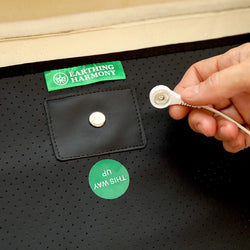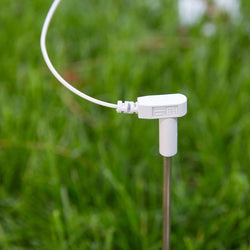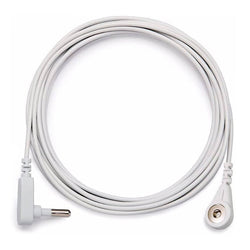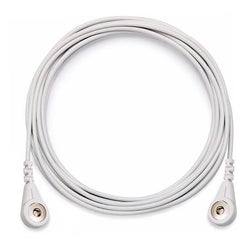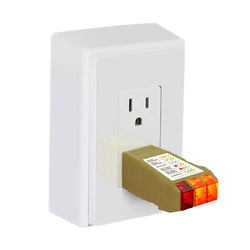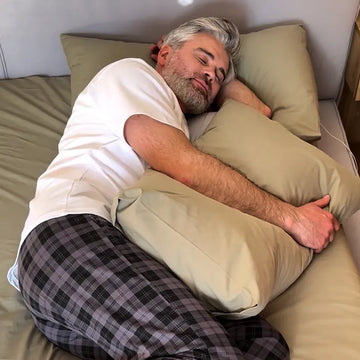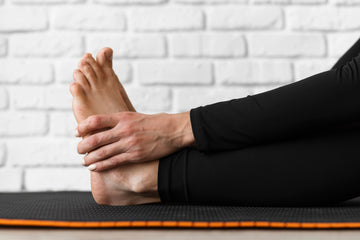Why the Safety of Grounding Sheets Matters
Grounding sheets have grown in popularity, promising everything from better sleep to reduced inflammation and chronic pain relief. But with their rise comes a wave of questions—are grounding sheets dangerous? Can sleeping on them expose you to electric shock or other health implications or concerns? As with any wellness product that interacts with electricity, even indirectly, skepticism is natural and important.
This article takes a science-backed, safety-first look at grounding products—especially grounding sheets, grounding mats, and other earthing tools. We’ll explore their potential risks, discuss how they work, look at research findings, and help you understand what makes them safe or unsafe in certain conditions. If you’re unsure whether grounding sheets are safe to sleep on, this is your guide.

What Are Grounding Sheets? A Quick Overview
Grounding sheets, sometimes called earthing sheets, are bedsheets woven with conductive materials like silver threads. These materials are connected to the ground port of a grounded outlet using a grounding cord, enabling direct contact with the earth’s electrical energy—but not its electrical current.
The idea is to simulate walking barefoot on natural surfaces, which lets free electrons from the earth’s surface flow into the human body, potentially neutralizing positively charged free radicals and reducing inflammation. These sheets aim to bring the benefits of contact with the Earth into your home—even while you sleep.

Understanding How Grounding Works
Grounding, or earthing, is the practice of reconnecting your body to the earth’s surface electrons. Whether you’re walking barefoot on grass or sleeping with grounding sheets, the effect is the same: the body absorbs electrons from the ground through direct contact, helping balance your internal electrical system.
These electrons from the Earth are believed to have antioxidant-like effects, possibly influencing processes like blood flow, immune response, and cortisol levels. Many users report improved sleep, less pain, and better mood with regular use of grounding products.
Common Concerns: Are Grounding Sheets Dangerous?
The most frequent concern is whether grounding sheets carry the same risks as electrical appliances. People often ask, “Can I get an electric shock?” or “Do they cause heart palpitations?” Some even worry about attracting EMFs (electromagnetic fields) or suffering from grounding mat dangers.
Let’s unpack the truth with evidence and real-world context.
Risk #1: Electrical Shock or Fire Hazard
Grounding sheets connect to the ground port of a wall outlet, not the power (live) or neutral wires. This ground connection simply links your sheet to the same energy that your home’s grounding system uses to safely disperse excess electricity from appliances. It’s not powered.
Proper grounding cords contain built-in resistors to protect you in the extremely rare case of a power surge. If you use a properly grounded outlet and a certified grounding product, there is no risk of electric shock or fire.
Risk #2: Faulty Home Wiring
If your electrical outlet isn’t properly grounded—or if your home has outdated wiring—there is a small chance of malfunction. That’s why it’s essential to test your grounded outlet with an inexpensive plug-in tester before using grounding sheets or earthing mats.
Grounding or earthing through a faulty setup can introduce unexpected electricity into your sheet. Always confirm the grounding wire is functioning correctly to prevent rare but real potential risks.
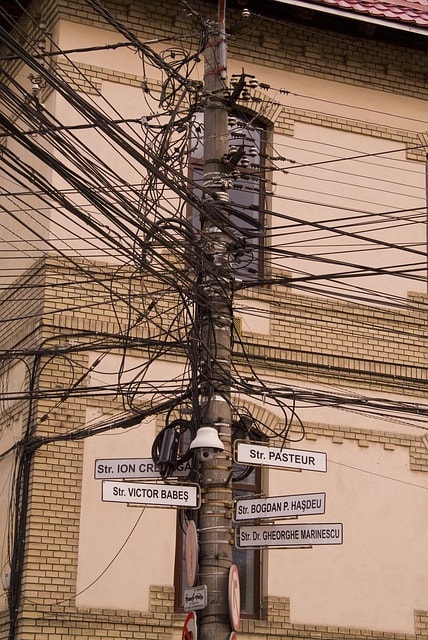
Risk #3: EMF Exposure Through Grounding?
Some worry that grounding mats or earthing sheets could act as antennas for EMFs. However, research shows that grounding neutralizes body voltage, reducing EMF stress rather than increasing it. When the human body is grounded, excess charge is discharged, not accumulated.
In fact, studies using body voltage meters confirm that people connected to grounding sheets show significantly lower electrical fields than those sleeping ungrounded. Grounding may actually shield your body from ambient EMFs in your environment.
Risk #4: Detox Symptoms or Temporary Discomfort
Some users report tingling, fatigue, or emotional release when they first start grounding. These sensations are usually mild and temporary—often a sign that your body adjusts to its new electrical environment.
This doesn’t indicate harm, but rather a shift. Stress hormone levels like cortisol may rebalance, and blood circulation may change as blood viscosity improves. If you feel overwhelmed, start with shorter sessions and slowly increase your direct contact with grounding products.

What Science Tells Us About Grounding Safety
There is no scientific evidence that grounding sheets are dangerous when used correctly. In fact, studies suggest potential health benefits related to reduced stress, lower blood pressure, better immune function, and even wound healing.
Research from The Earthing Institute and independent labs has shown improvements in circadian rhythm, restorative sleep, and chronic inflammatory symptoms. Preliminary data also points to reduced symptoms in people with autoimmune diseases and cardiovascular disease.

Health Benefits vs Health Concerns
While there are no recorded incidents of electric shock from properly used grounding products, the benefits are increasingly well-documented:
-
Enhanced sleep quality and ability to fall asleep
-
Better immune response and reduced inflammation
-
Improved blood flow and reduced chronic pain
-
Balanced thyroid hormone levels and stress recovery
-
Lower cortisol levels and improved well being
These effects are tied to our body’s innate response to free electrons, which may help counter oxidative stress.
Understanding Grounding Mats and Their Safety
Grounding mats are similar in function to earthing sheets, but designed for hands or feet—often used while sitting at a desk or during meditation. These mats also connect to the ground port of a wall outlet or a grounding rod placed in soil outside.
The same rules apply: use a certified grounding cord, test your grounded outlet, and avoid use in wet or electrically unstable environments. When misused, mat dangers may include ineffective grounding or, rarely, increased EMF absorption if wiring is faulty.
Can Grounding Cause Heart Palpitations or Nerve Issues?
There is no clinical evidence that grounding causes heart palpitations. However, some users with sensitive nervous systems may feel heightened awareness or temporary overstimulation during initial use.
If you experience unusual symptoms, pause grounding and consult a healthcare professional—especially if you have a pacemaker or neurological condition. Grounding alters stress levels, which may briefly affect heart rhythm in some individuals. Grounding is as safe as walking bare feet on a beach, and far less risk than with any modern medicine.

How to Stay Safe While Grounding Indoors
-
Test your outlets for proper grounding.
-
Use only certified grounding products with resistors.
-
Avoid using grounding mats or sheets when wet.
-
Never plug into unverified foreign wall outlet adaptors.
-
Begin with short sessions and monitor how your body adjusts.
Safe Use of Grounding Rods and Outdoor Grounding
For those unable to use indoor outlets, a grounding rod placed into the earth’s surface outside can be connected via grounding wire to your mat or sheet. This bypasses indoor wiring and connects you directly to natural surfaces.
Again, safety depends on correct setup. Ensure your contact with the Earth isn’t interrupted by rubber soled shoes, plastic mats, or untested wiring.
Are Grounding Sheets Safe for Everyone?
Generally, grounding sheets are safe for most people. However, those with medical implants, advanced heart conditions, or extreme electrical sensitivity may consider consulting a healthcare professional for peace of mind.
Pregnant individuals and young children can typically use earthing products safely, but again, do consult with a doctor if you have any concerns.

Grounding and Sleep: The Hidden Key to Recovery
Poor sleep quality is linked to stress and anxiety, chronic pain, and hormonal imbalances. By improving circadian rhythm, reducing cortisol levels, and increasing restorative sleep, grounding sheets may offer a gentle solution.
Many report falling asleep faster, waking up less frequently, and feeling more refreshed upon waking—all through direct contact with earth’s energy at night.
Conclusion: Grounded in Truth, Not Fear
So, are grounding sheets dangerous? The overwhelming evidence says no—when used correctly and with the right precautions, grounding sheets are safe and potentially very beneficial. They connect you to the earth’s surface in a low-risk, non-invasive way, promoting better well being and stress reduction.
The key is understanding how they work, respecting the setup, and staying informed. If you’re considering earthing sheets or grounding mats, start small, stay aware, and enjoy the potential of reconnecting with nature from the comfort of your bed.

Frequently Asked Questions About Grounding Sheets and Safety
1) Is there any real science behind grounding sheets?
Yes, several studies have explored how grounding (or earthing) affects the human body—particularly when using grounding sheets or grounding mats indoors. Research published in journals like the Journal of Inflammation Research and the Journal of Environmental and Public Health has found that contact with the Earth through grounding can reduce blood viscosity, lower cortisol levels, and improve sleep quality. These physiological changes support immune function, help regulate the circadian rhythm, reduce pain and may promote wound healing.
One theory suggests that when we are grounded, we absorb electrons from the Earth, which neutralize positively charged free radicals in the body. This electron transfer process may improve blood flow, reduce chronic inflammation, and support overall well being.
2) Are grounding sheets legitimate?
Grounding sheets are legitimate wellness tools when used properly. They are made of conductive materials (often silver-threaded cotton) and connect via a grounding wire to a ground port in a grounded outlet or a grounding rod in the soil. These sheets provide a continuous, low-resistance path for the electrons from the Earth to reach your body during direct contact while you sleep.
Many people use them to help reduce stress, improve restorative sleep, and address symptoms of chronic pain or autoimmune diseases. Though more subjective reporting than randomized controlled trials currently exists, the growing body of research is encouraging.
3) Are there any negative effects of grounding sheets?
For most people, grounding sheets are safe and offer numerous health benefits, but a few users experience temporary reactions when they start grounding. These may include tingling sensations, fatigue, vivid dreams, or emotional shifts. These reactions are usually short-lived and linked to changes in stress hormone levels like cortisol, which can rebalance as the body adjusts.
Grounding in a home with improper wiring may also pose potential risks, so it's essential to verify you have a safe and properly grounded outlet before connecting your grounding product.
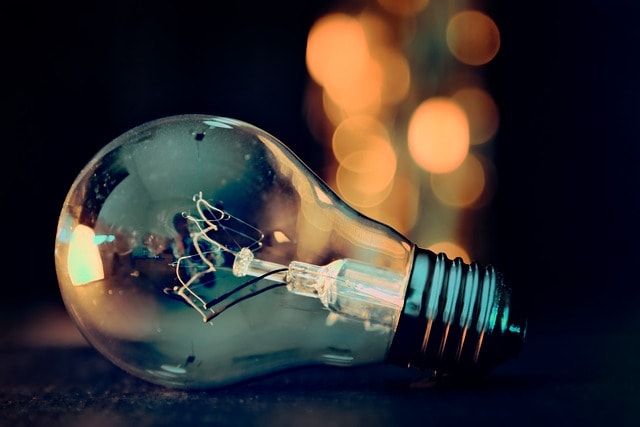 4) Do grounding sheets use a lot of electricity?
4) Do grounding sheets use a lot of electricity?
Not at all. Grounding sheets do not "use" electricity in the way a lamp or phone charger does. They simply plug into the ground port of a wall outlet (or connect to a grounding rod) to provide a path to the Earth’s energy. There is no current flowing through the sheet; it's a conductive plug connected only to the grounding line of your home’s wiring.
Because of this, grounding sheets do not affect your electricity bill and are not capable of producing an electric shock unless your home's wiring is seriously faulty—which is why testing your outlets is a necessary first step before use.
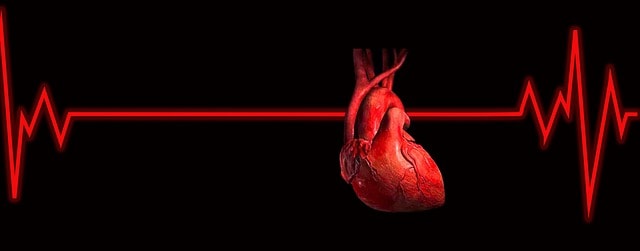
5) Can grounding cause heart palpitations?
There is no scientific evidence linking grounding to heart palpitations. However, if someone is extremely electrically sensitive or is experiencing heightened stress and anxiety, they may notice a temporary change in heart rhythm during the first few nights of using earthing sheets or grounding mats. This may be related to shifts in cortisol levels, blood flow, or simply an increased awareness of bodily sensations.
If symptoms persist, pause use and consult a healthcare professional for peace of mind.






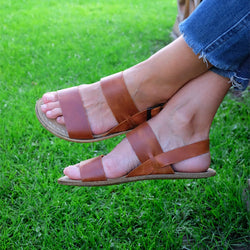
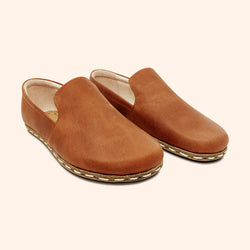 Shoes
Shoes
 Boots
Boots
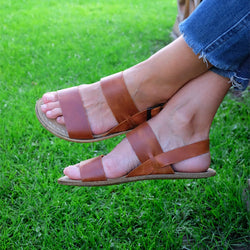 Sandals
Sandals
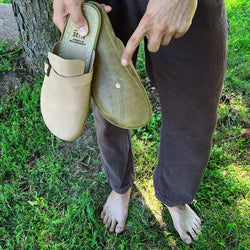
 Shoes
Shoes
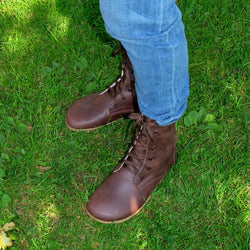 Boots
Boots
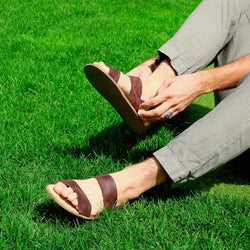 Sandals
Sandals

